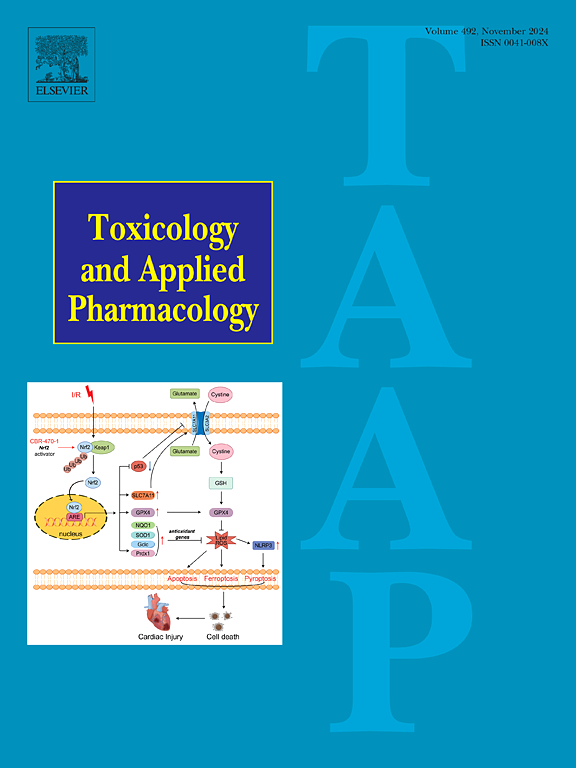Anabolic-androgen steroids: A possible independent risk factor to Cardiovascular, Kidney and Metabolic Syndrome
IF 3.3
3区 医学
Q2 PHARMACOLOGY & PHARMACY
引用次数: 0
Abstract
Millions of individuals make illicit use of anabolic-androgenic steroids (AAS), remaining a public health issue. It often leads to detrimental effects, including cardiovascular and renal diseases, besides hormonal and metabolic imbalances. The objective of this review is to emphasize the contribution of oxidative stress and inflammation to these effects and connect the findings of experimental animal studies with the alterations found in clinical contexts, in AAS users. The study's results showed that AAS promotes a redox disruption and a pro-inflammatory state on organs that are involved in important physiologic processes. These drugs increase inflammatory high-sensitivity C-reactive protein (hs-CRP) and cytokines that contribute to the progression of atherosclerosis, cardiovascular disease risk or endpoints, including stroke, myocardial infarction and death. In the kidney, the AAS increase proteinuria and structural damage. Studies have linked AAS abuse with high BP, low HDL-C levels, high triglyceride levels and impaired fasting blood glucose that characterize Metabolic syndrome. Overall, the studies indicate that oxidative stress, apoptosis, and AAS-mediated inflammation play a significant role in tissue damage, regardless of the dose and duration of exposure, and we point it as a putative independent risk factor to Cardiovascular, Kidney and Metabolic syndrome.
求助全文
约1分钟内获得全文
求助全文
来源期刊
CiteScore
6.80
自引率
2.60%
发文量
309
审稿时长
32 days
期刊介绍:
Toxicology and Applied Pharmacology publishes original scientific research of relevance to animals or humans pertaining to the action of chemicals, drugs, or chemically-defined natural products.
Regular articles address mechanistic approaches to physiological, pharmacologic, biochemical, cellular, or molecular understanding of toxicologic/pathologic lesions and to methods used to describe these responses. Safety Science articles address outstanding state-of-the-art preclinical and human translational characterization of drug and chemical safety employing cutting-edge science. Highly significant Regulatory Safety Science articles will also be considered in this category. Papers concerned with alternatives to the use of experimental animals are encouraged.
Short articles report on high impact studies of broad interest to readers of TAAP that would benefit from rapid publication. These articles should contain no more than a combined total of four figures and tables. Authors should include in their cover letter the justification for consideration of their manuscript as a short article.

 求助内容:
求助内容: 应助结果提醒方式:
应助结果提醒方式:


